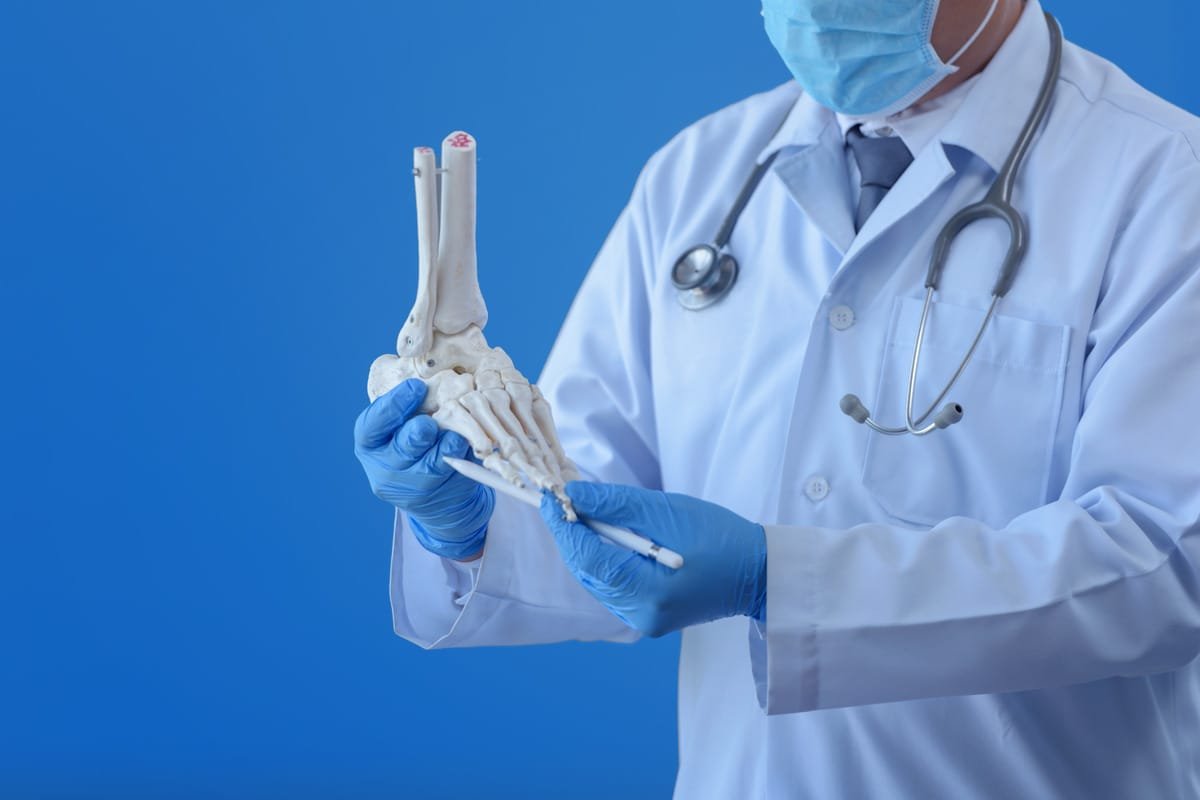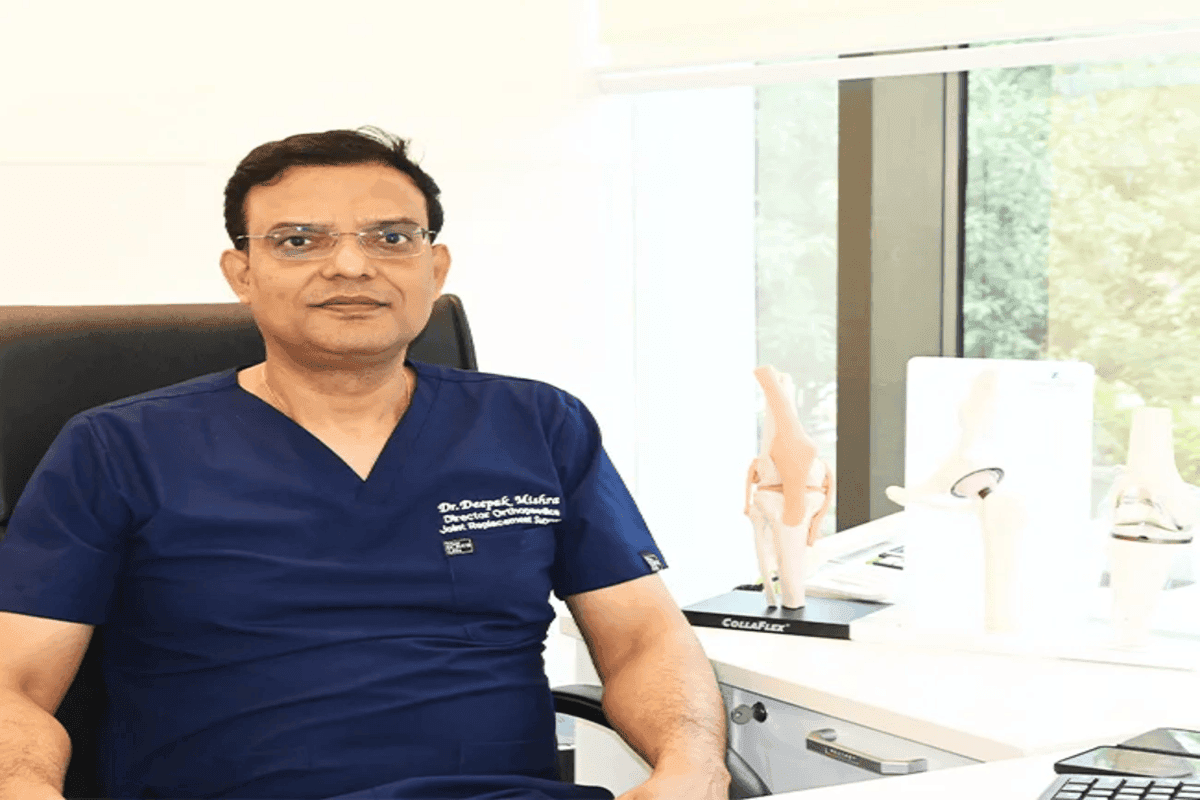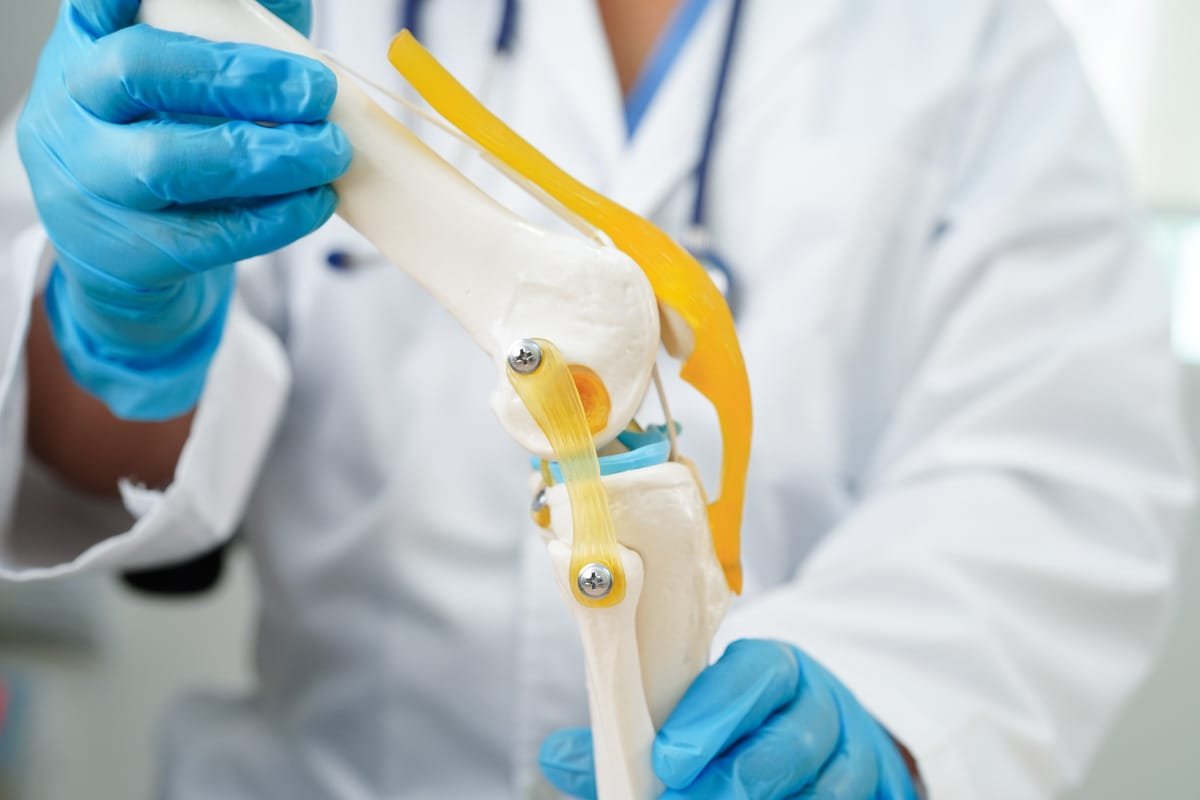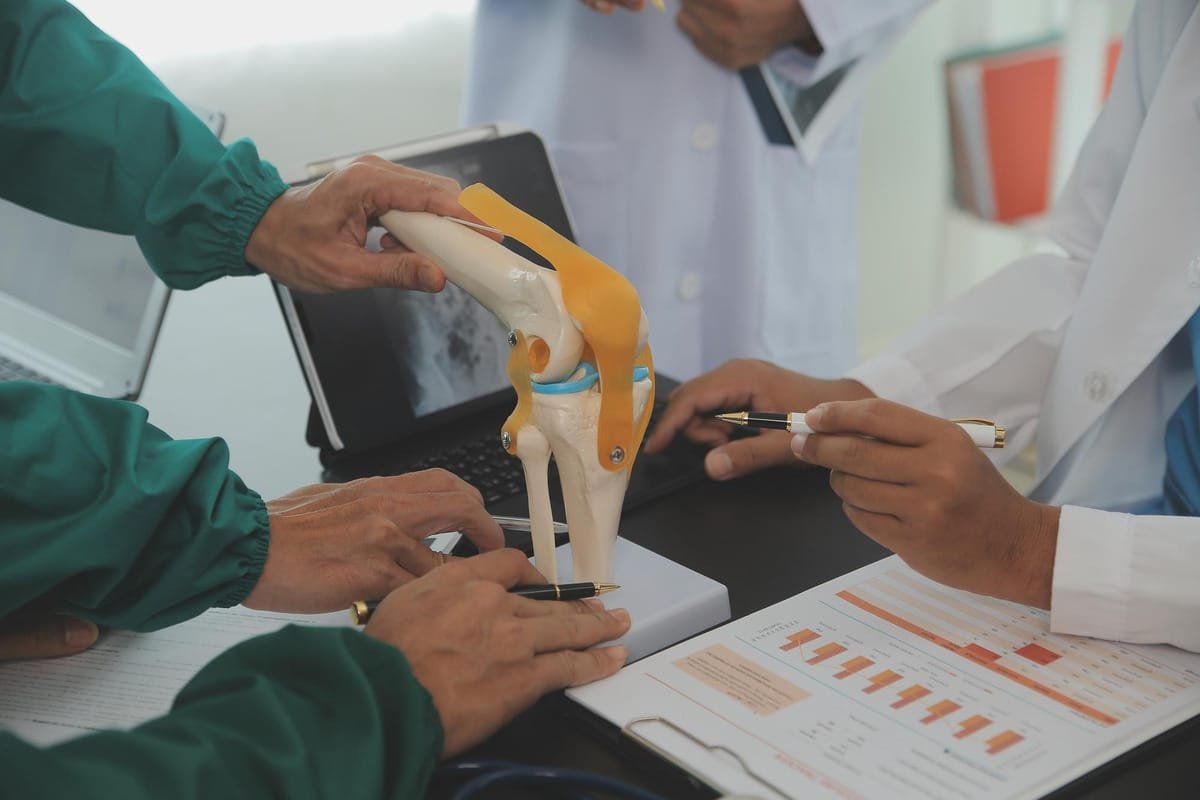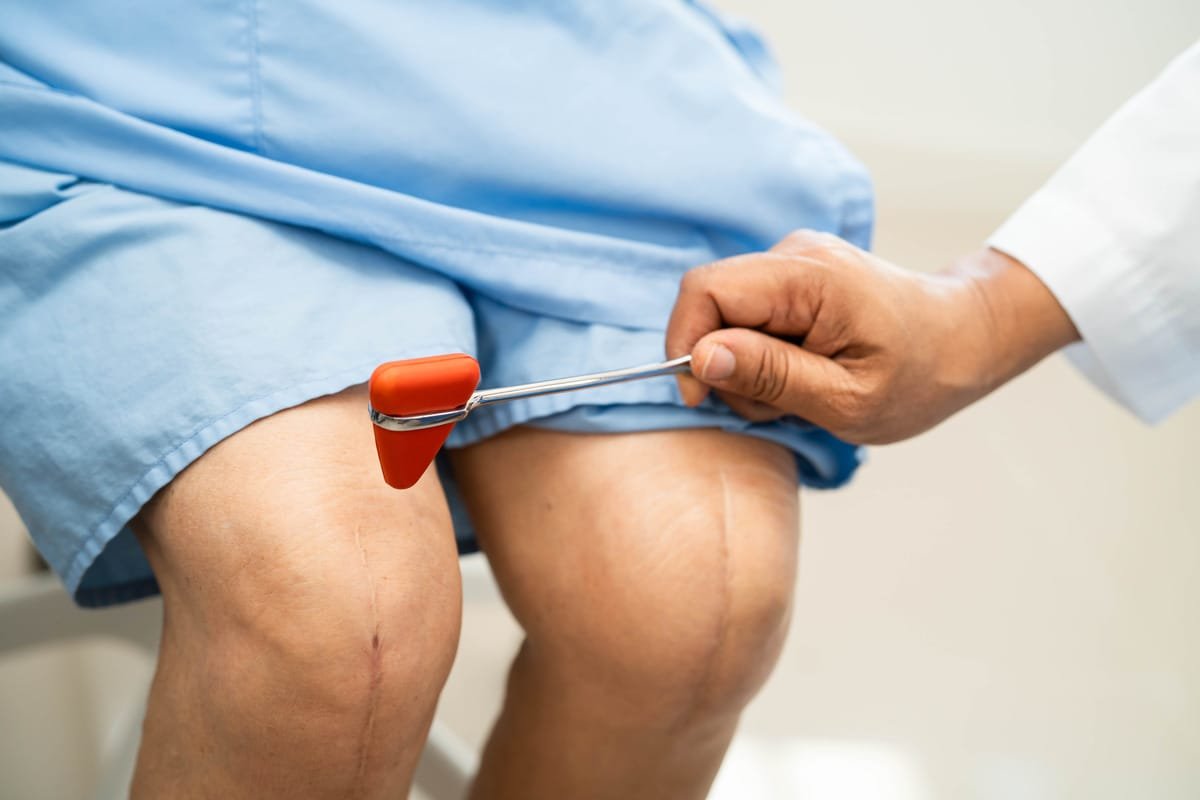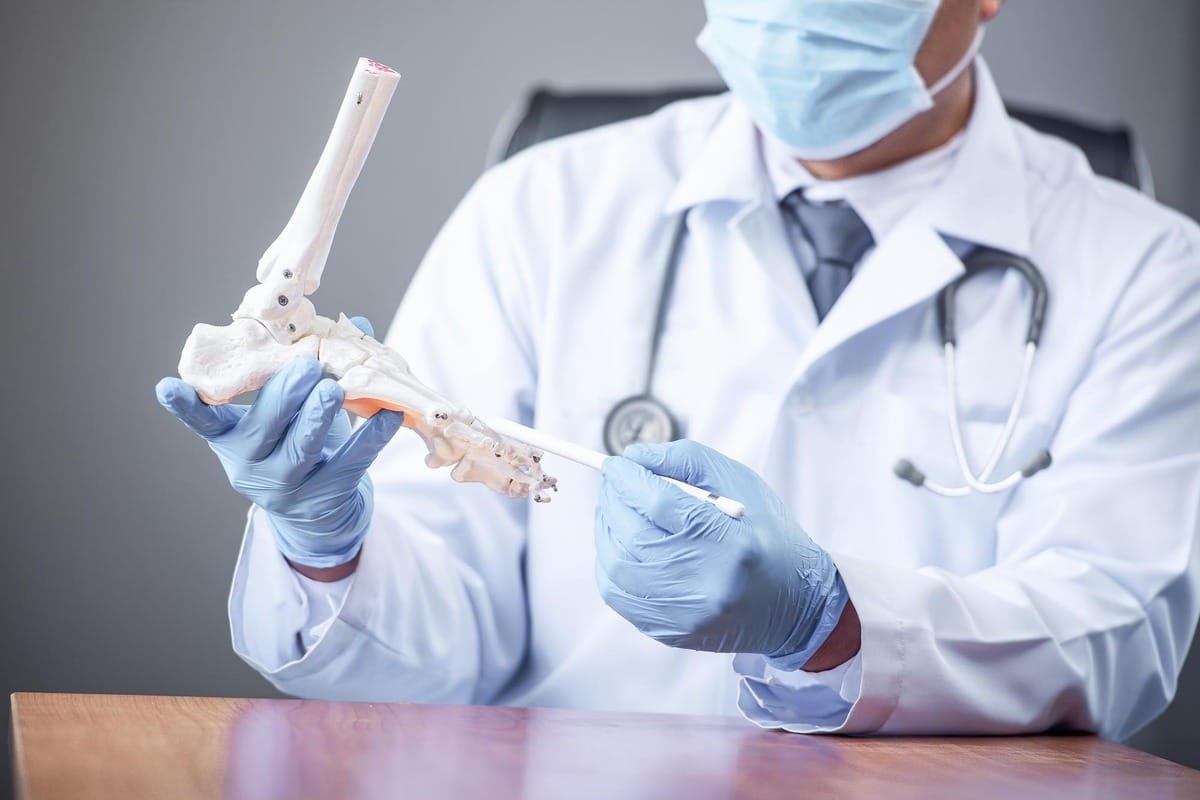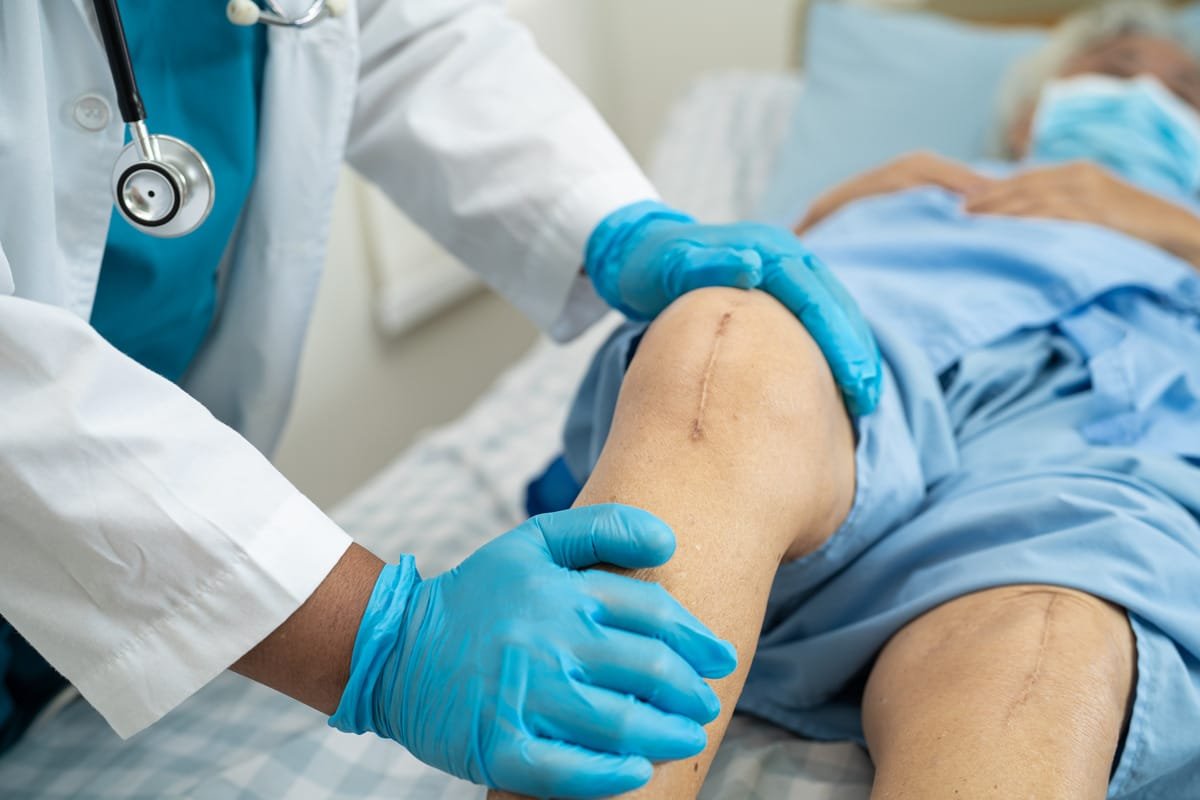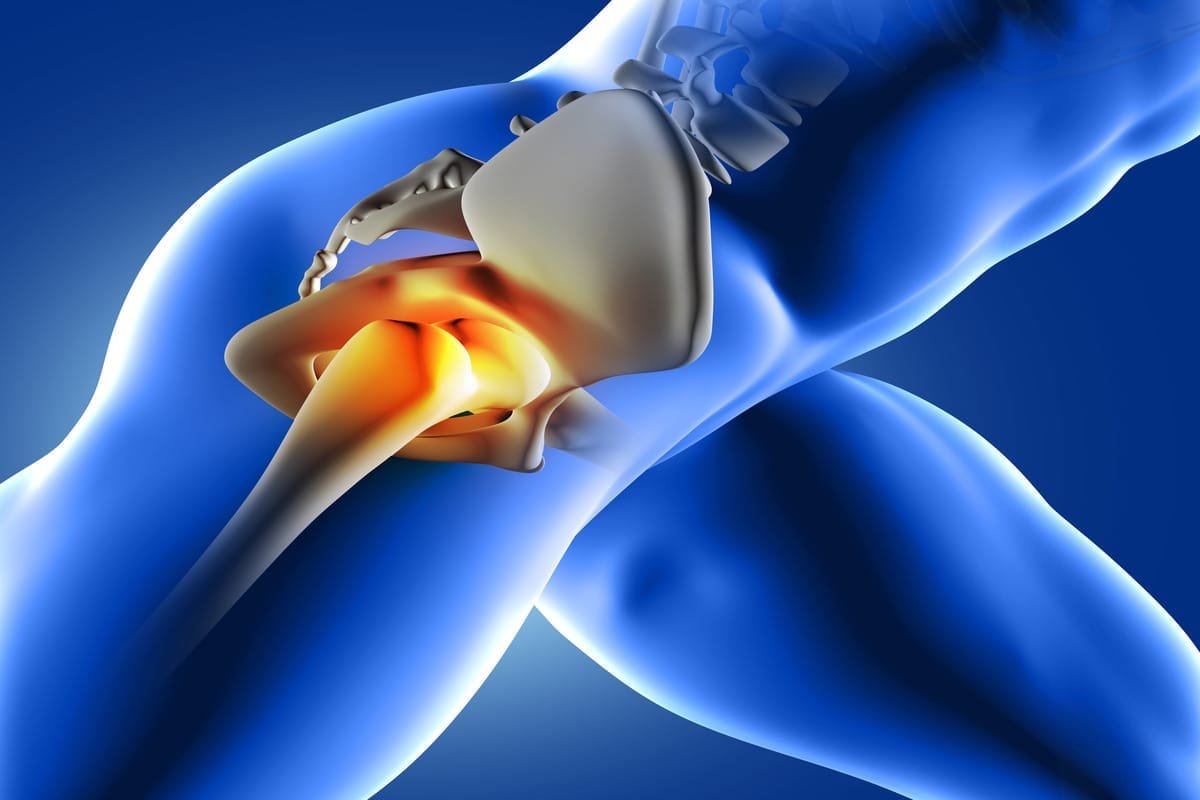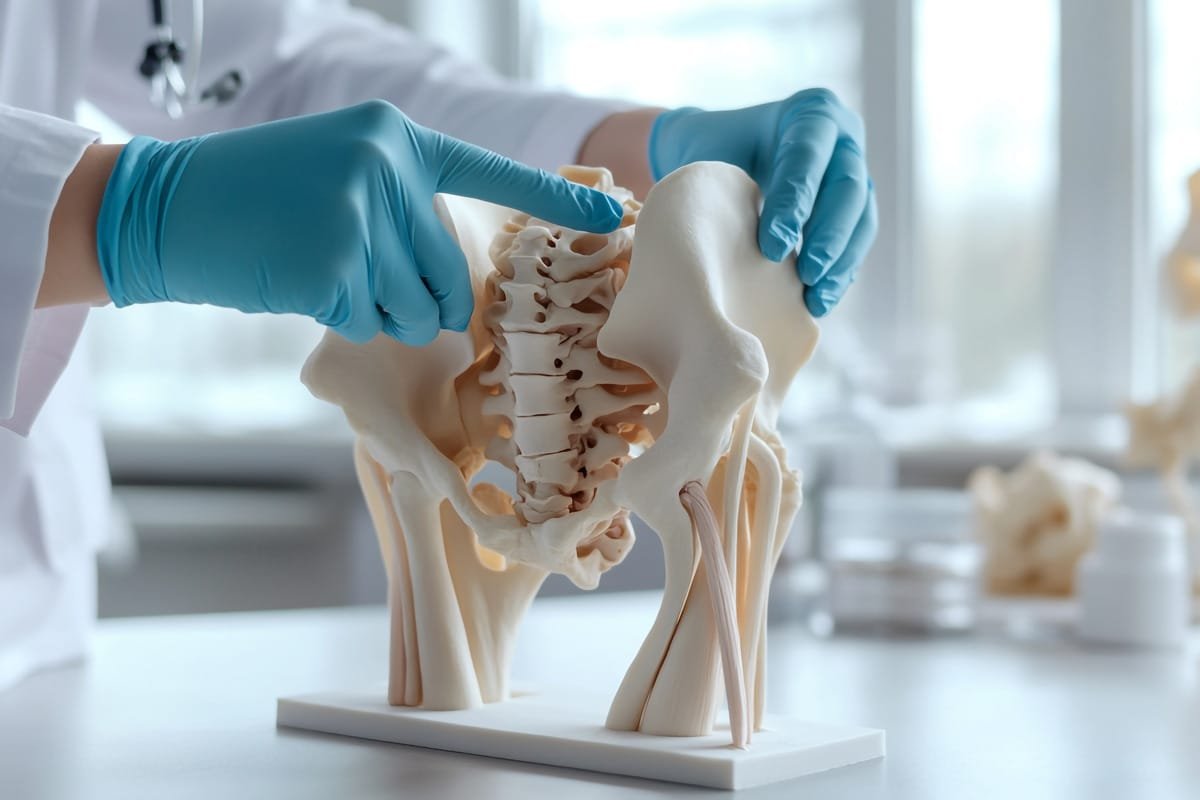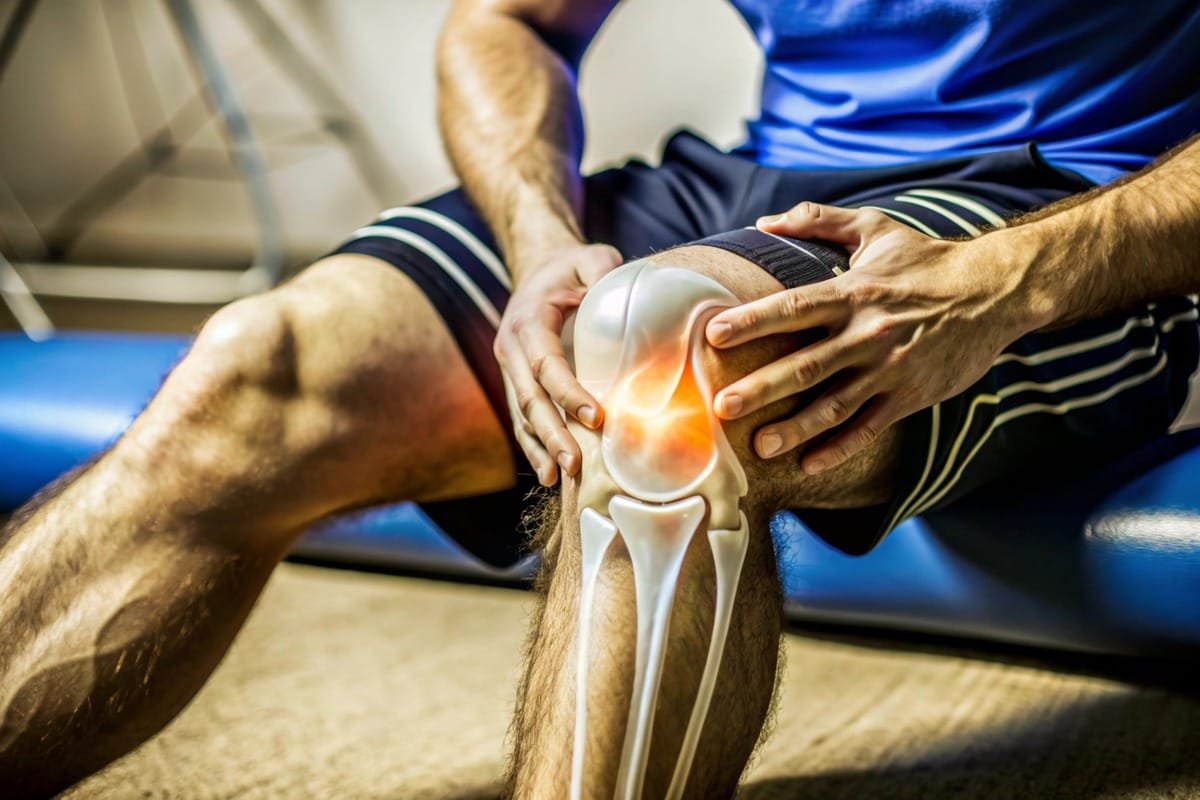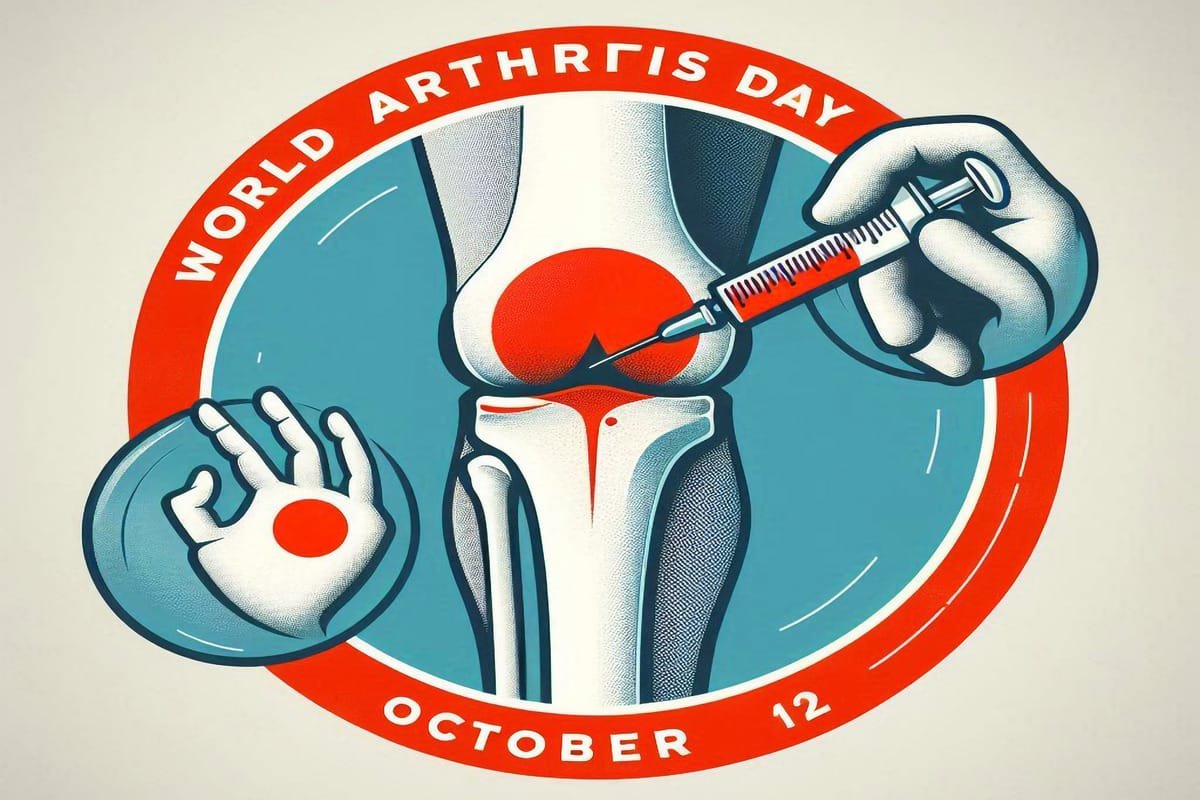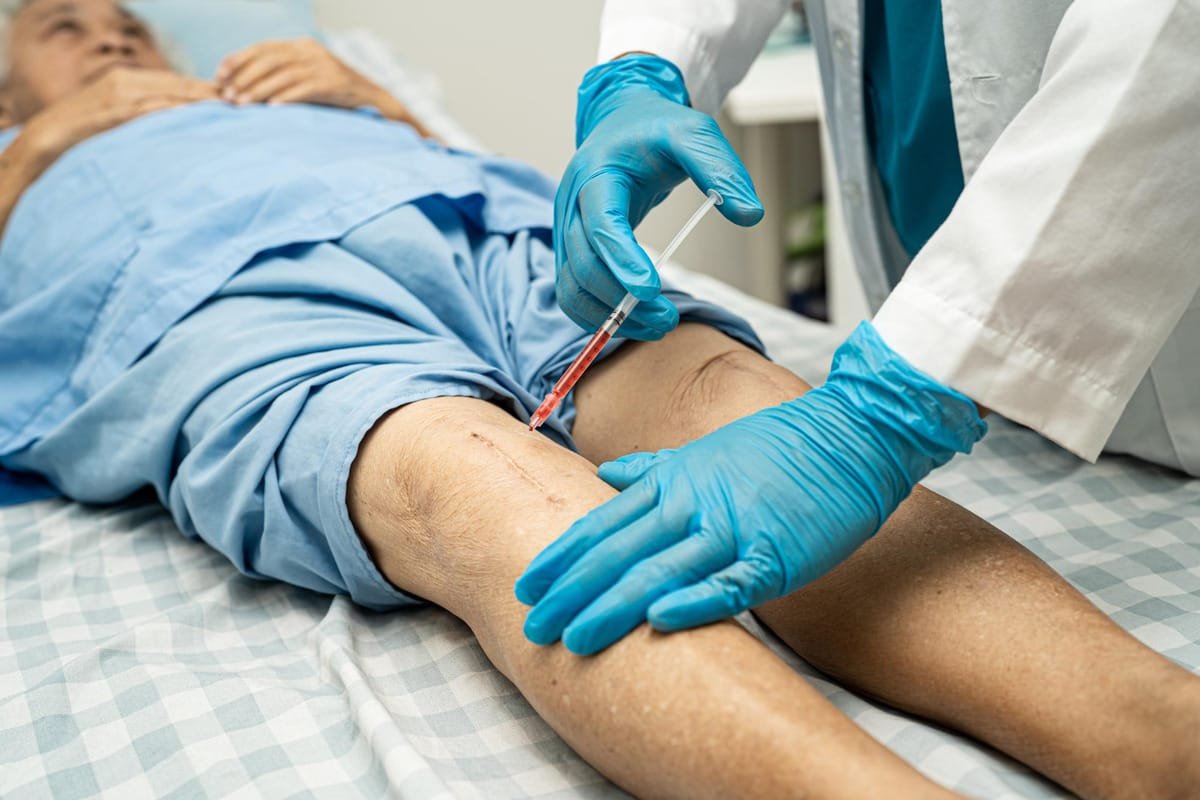
Robotic Knee Replacement vs. Traditional Surgery: A Comparative Guide
December 23, 2024Knee replacement surgery has revolutionized the treatment of severe knee arthritis and injuries, offering patients a new lease on life by alleviating pain and restoring mobility. However, with advancements in medical technology, patients today have more options than ever, including the cutting-edge robotic knee replacement surgery. This comparative guide delves into the differences between robotic-assisted and traditional knee replacement surgeries, helping you make an informed decision about which procedure might be right for you.
Understanding the Basics
Traditional Knee Replacement Surgery Traditional knee replacement surgery involves the surgeon manually removing the damaged portions of the knee joint and replacing them with prosthetic components. While this method has been successfully performed for decades, its outcomes heavily rely on the surgeon’s experience and skill in making precise cuts and alignments.
Robotic Knee Replacement Surgery Robotic-assisted knee replacement surgery employs advanced robotic systems to assist the surgeon. The robotic arm provides a higher level of precision by creating a detailed 3D model of the knee joint through pre-operative imaging. This technology ensures optimal implant placement, minimizing errors and enhancing the overall success rate of the procedure.
Key Differences
1. Precision and Accuracy
- Traditional Surgery: The accuracy of implant placement depends on the surgeon’s expertise and the manual alignment tools available.
- Robotic Surgery: The robotic system’s real-time feedback and preoperative planning allow for pinpoint precision, reducing the risk of misalignment and uneven wear.
2. Personalization
- Traditional Surgery: Follows standardized procedures with limited customization for individual anatomy.
- Robotic Surgery: Creates a 3D model of the patient’s knee, enabling the surgeon to tailor the procedure to the unique structure of the patient’s joint.
3. Recovery Time
- Traditional Surgery: Recovery can be longer due to higher soft tissue damage and less precise alignment.
- Robotic Surgery: Minimally invasive techniques and precise implant positioning typically lead to faster recovery times and less postoperative pain.
4. Surgical Outcomes
- Traditional Surgery: Proven success rate but with a slightly higher chance of complications like implant loosening or uneven wear.
- Robotic Surgery: Studies show better functional outcomes, improved knee stability, and lower risk of revision surgery.
5. Learning Curve
- Traditional Surgery: Surgeons have years of experience performing these procedures, making them highly adept.
- Robotic Surgery: Requires specialized training and expertise in robotic systems, which may not be widely available.
Why Choose Robotic Knee Replacement?
Robotic knee replacement is particularly beneficial for:
- Younger, active patients seeking longevity in their implants.
- Individuals with unique anatomical challenges.
- Patients aiming for a faster recovery with minimal complications.
However, the choice between robotic and traditional methods ultimately depends on factors like the patient’s age, activity level, severity of the knee condition, and the expertise of the surgeon.
Dr. Deepak Mishra: A Pioneer in Robotic Knee Replacement Surgery
If you’re considering robotic knee replacement surgery, choosing the right surgeon is paramount. Dr. Deepak Mishra, currently the Director & Head of the Orthopaedics Unit at Asian Hospital in Faridabad, is a leading expert in this field. Renowned for his exceptional skills and experience, Dr. Mishra has performed numerous successful robotic knee replacement surgeries, transforming the lives of countless patients.
With a patient-centric approach and a commitment to leveraging the latest technological advancements, Dr. Mishra ensures personalized care and optimal outcomes. His expertise and leadership at Asian Hospital have established him as the best robotic knee replacement surgeon in the region.
Final Thoughts
Both robotic and traditional knee replacement surgeries have their merits, and the decision ultimately hinges on individual needs and circumstances. While traditional surgery remains a reliable option, robotic-assisted surgery is paving the way for more precise, efficient, and personalized care.
If you’re exploring knee replacement options, consult with an expert like Dr. Deepak Mishra to discuss the most suitable approach for you. Under his guidance, you can embark on a journey toward pain-free mobility and an improved quality of life.
Recent Blogs
-
 Orthopedic Surgeons: 7 Things You Need to Know
Orthopedic Surgeons: 7 Things You Need to Know- 27, January 2025
-
 Best Joint Replacement Surgeon in Greater Faridabad
Best Joint Replacement Surgeon in Greater Faridabad- 27, January 2025
-
 Best Knee Replacement Surgeon in Palwal
Best Knee Replacement Surgeon in Palwal- 20, January 2025
-
 Best Knee Replacement Surgeon in South Delhi
Best Knee Replacement Surgeon in South Delhi- 20, January 2025
-
 Signs You May Need a Knee Replacement: Insights from a Surgeon
Signs You May Need a Knee Replacement: Insights from a Surgeon- 13, January 2025
-
 Restoring Mobility: The Role of Knee Replacement Doctor
Restoring Mobility: The Role of Knee Replacement Doctor- 13, January 2025
-
 Robotic Knee Replacement Surgery in Delhi
Robotic Knee Replacement Surgery in Delhi- 30, December 2024
-
 Robotic Orthopedic Surgery: Revolutionizing Joint Replacement and Repair
Robotic Orthopedic Surgery: Revolutionizing Joint Replacement and Repair- 30, December 2024
-
 Robotic Knee Replacement vs. Traditional Surgery: A Comparative Guide
Robotic Knee Replacement vs. Traditional Surgery: A Comparative Guide- 23, December 2024
-
 How to Make Joints Stronger: A Comprehensive Guide
How to Make Joints Stronger: A Comprehensive Guide- 23, December 2024
-
 Common Knee Conditions and How a Knee Surgeon Can Help
Common Knee Conditions and How a Knee Surgeon Can Help- 16, December 2024
-

-

-
 Orthopedic Surgeons: 7 Things You Need to Know
Orthopedic Surgeons: 7 Things You Need to Know- 6, December 2024
-
 Top 5 Mistakes After Knee Replacement
Top 5 Mistakes After Knee Replacement- 25, November 2024
-
 Advantages and Disadvantages of Robotic Knee Replacement
Advantages and Disadvantages of Robotic Knee Replacement- 25, November 2024
-
 When to See an Orthopedic Specialist: Recognizing Early Signs
When to See an Orthopedic Specialist: Recognizing Early Signs- 15, November 2024
-
 Benefits of Robotic-Assisted Knee Replacement Surgery
Benefits of Robotic-Assisted Knee Replacement Surgery- 15, November 2024
-
 Knee Replacement Surgery Cost
Knee Replacement Surgery Cost- 8, November 2024
-
 Best Robotic Knee Replacement Surgeon in Faridabad
Best Robotic Knee Replacement Surgeon in Faridabad- 8, November 2024
-

-
 Knee Replacement Surgery: Types, Benefits, and Recovery Timeline
Knee Replacement Surgery: Types, Benefits, and Recovery Timeline- 28, October 2024
-
 What is Osteoporosis? Symptoms, Causes, and Prevention
What is Osteoporosis? Symptoms, Causes, and Prevention- 21, October 2024
-
 Signs It’s Time for a Knee Replacement: When to Consult a Surgeon
Signs It’s Time for a Knee Replacement: When to Consult a Surgeon- 18, October 2024
-
 Understanding Different Types of Arthritis: Symptoms and Causes
Understanding Different Types of Arthritis: Symptoms and Causes- 11, October 2024
-
 Taking Care After Knee Replacement Surgery
Taking Care After Knee Replacement Surgery- 15, December 2022
-
 Amazing Ways to Get Relief from Arthritis Pain Naturally
Amazing Ways to Get Relief from Arthritis Pain Naturally- 2, December 2022
-

-
 How Does Fat Affect Arthritis?
How Does Fat Affect Arthritis?- 4, November 2022

